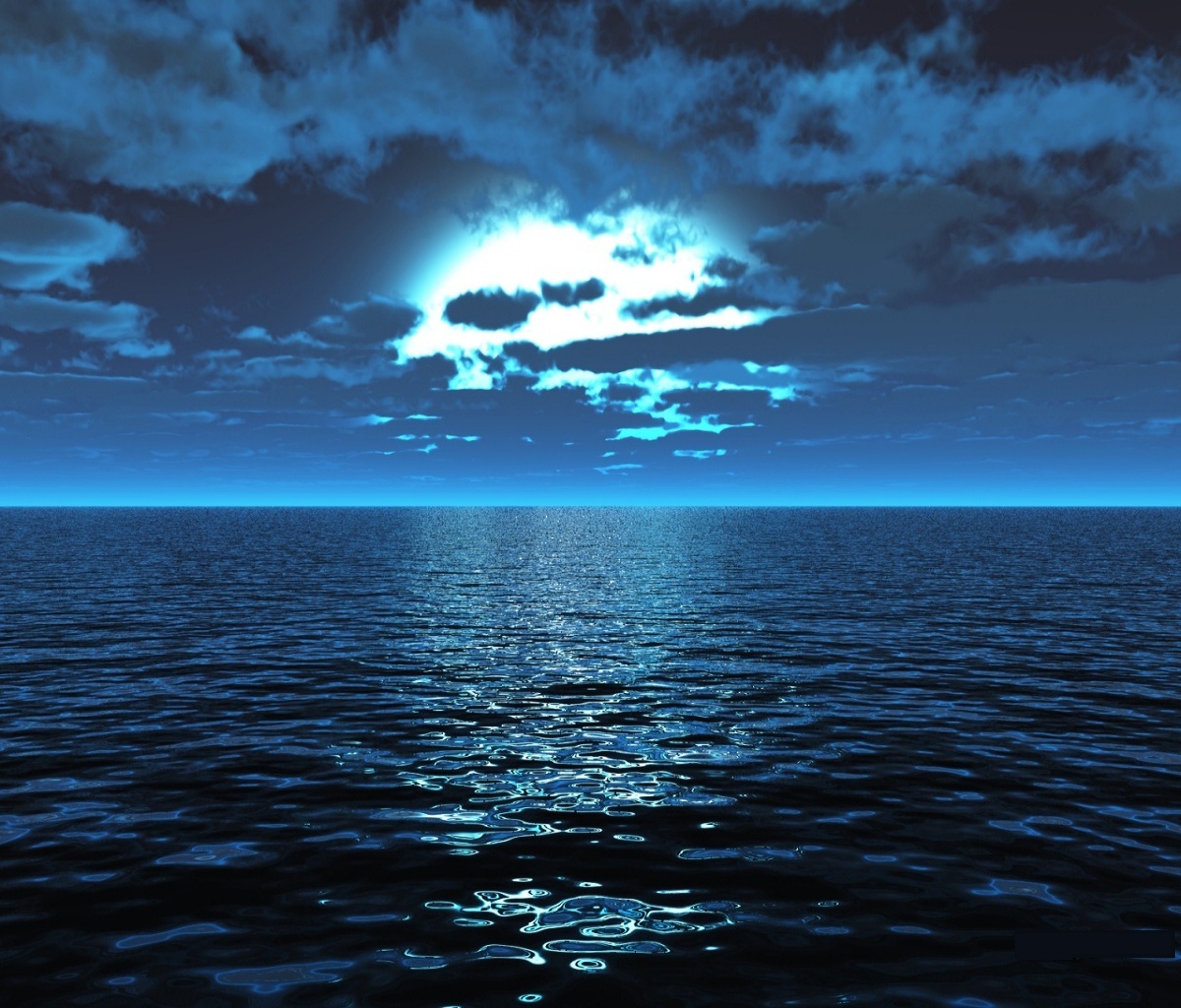The Earth’s mighty oceans — deep and mysterious blue — hold many secrets that are too difficult to fathom.
Creepy sounds such as a crackle, a ping, or a thunderous boom — then an all-pervading silence—haunt oceanologists and researchers alike. In the depths of darkness of the ocean, weird acoustic signals have been captured by underwater microphones, leaving scientists bewildered and the public amazed.
Despite decades of research, scientists could not explain the reasons behind these mysterious ocean sounds. It seems these chilling sounds echo from the abysmal depth— often without a known source, origin, or purpose.
No, this is not fiction written to keep readers engrossed. This is real and happening.
What Are Strange Ocean Sounds?
Deep-sea hydrophones are installed by National Oceanic and Atmospheric Administration in the world’s oceans to capture sound. Not all sounds that are captured have a known source.
While some signals such as volcanic tremors, shifting tectonic plates, or calving icebergs are real, others defy classification.
Let’s delve deep into some of the most unexplained underwater noises ever recorded.
The Bloop – The Ocean’s Most Famous Hauinting Sound
In 1997, “The Bloop”, a deep rumble — was detected in the South Pacific Ocean. It was so powerful that sensors over 3,000 miles apart picked it up.
- Duration: Around one minute
- Possible Source? Initially unknown. Later theories suggest an icequake — though its debatable.
- Frequency: Ultra-low
NOAA Acoustic Monitoring Report, 2001, said “No known animal is large enough to produce that kind of sound naturally.”
The Bloop has since inspired conspiracy theories about massive sea creatures and hidden civilizations in the deep.
Upsweep – A Repeating Sound
“Upsweep”, which was discovered in 1991, is a repeating, narrow-band sound that oscillates seasonally. The origin of the sound is from a remote region in the Pacific. Its source remains unidentified.
Conspiracy theories revolve around
- Is it hydrothermal vent activity?
- Or is it something else?
Going by its regular pattern, it may seem a natural source, but its cause is not confirmed, keeping it on the list of truly unexplained acoustic phenomena in oceans.
Slow Down – A Descending Sound
“Slow Down” is another mysterious sound. It sounds like — a steadily descending frequency. Hydrophones in the Eastern Pacific captured it.
- It occurs over seven minutes
- Its sounds seem almost mechanical
- NOAA suspects an iceberg scraping the seafloor… but is unable to prove it.
This one continues to surprise even seasoned oceanographers.
Julia – A Loud Sound
“Julia”, which was recorded on March 1, 1999, is a very loud sound. It was heard across the entire Pacific Ocean.
Speculations point out:
- It may be the sound of an iceberg breaking apart
- Undersea landslides may produce sound
- Submarine activity surfaced
The mystery deepens as there is visual confirmation.
Why Can’t We Identify These Sounds?
Despite advanced sonar, submersibles, and a global network of listening posts, the mysterious ocean remains 85% unexplored.
- Sound velocity in water is more than in air
- Deep-sea ecosystems are almost inaccessible
- Ambient noise from ships, storms, and marine life creates interference
These conditions create a perfect storm for misinterpretation, and in some cases, complete bafflement.
Could It Be… Aliens?
Whenever science stops, theories rush in.
Some claim these strange sounds are:
- Signals from unidentified underwater civilizations
- Evidence of massive, undiscovered marine life
- Submarine tech from nations hiding in the depths
While the topic remains in the realm of speculation, the true weird factor lies in the fact that even the most rational minds can’t explain what we’re hearing.
Hear It Yourself
If you want to experience the ocean’s creepiest whispers? Here are real deep-sea sound clips:
- NOAA Sound Library
- The Bloop recording: Listen here
Fair warning: don’t listen alone in the dark.
The Science Is Still Listening
Efforts to understand these anomalies continue:
- Project SOSUS (Sound Surveillance System) monitors oceans using Cold War-era tech
- NOAA and NASA (yes, they help with ocean exploration too) are collaborating on acoustic mapping
- Private exploration subs like OceanX and SeaOrbiter are collecting real-time audio data
Final Thoughts
Beyond curiosity, these unexplained underwater sounds highlight:
- The limits of our knowledge
- The vastness of the planet’s unexplored frontiers
- The requirement for continued oceanic research and funding
The deep sea still holds its secrets, humming faint melodies of the unknown.
“The ocean is not silent. It is a voice we have yet to fully hear — and even less to understand.”
